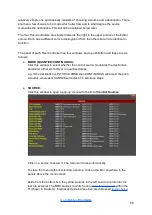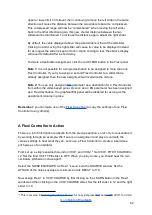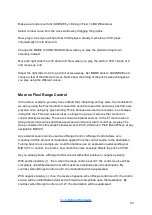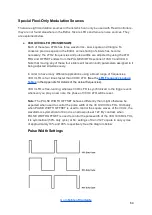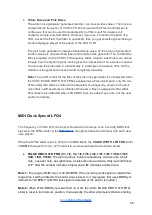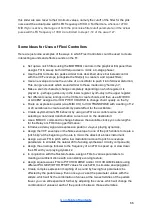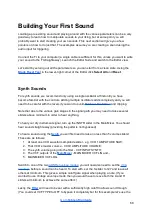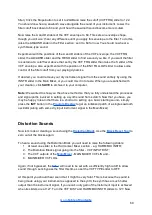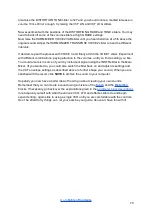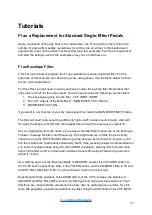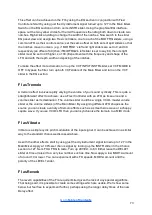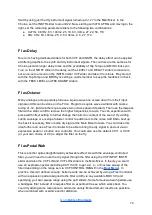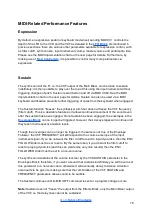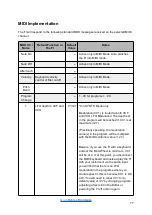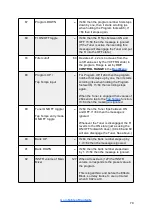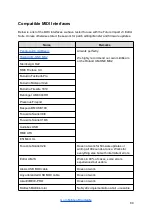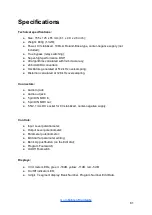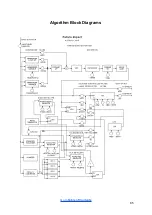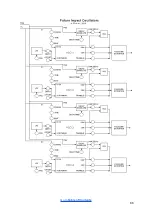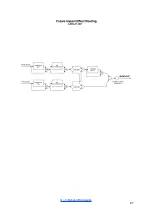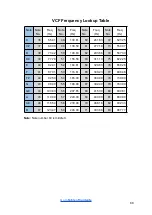
This effect can be achieved on the FI by using the EQ section in conjunction with Flexi
Controllers. Start by using just the dry instrument signal turned up to 127 in the Main Mixer.
Switch on the EQ section and turn on its INSTR slider. Using the graphical EQ interface,
space out the two yellow circles for the mid frequencies then drag both down to create two
notches. Right-click and drag to change the width of the notches. Now switch to the slider
EQ panel view and assign two Flexi controllers, one to each of the MID FRQ sliders, using a
common LFO as their control source; set the same offset on both sets of split sliders so that
the notches move in unison. (e.g. if MID FRQ1’s left and right sliders are set to 0 and 40
respectively (an offset of 40) then, if MID FRQ2’s left slider is set to say 60, then its right
slider must be set to 40 higher, so 100.) Experiment with the frequency and shape of the
LFO and with the depth, width and spacing of the notches.
To make the effect more dramatic, turn up the VCF INPUT INSTR slider, set VCF MODE to
OFF to bypass the filter, turn up both VCF sliders of the Main Mixer and turn on the VCF
slider in the EQ section.
FI as Tremolo
A tremolo effect involves rapidly varying the volume of your sound cyclically. This is quite a
straightforward effect to achieve: use a Flexi Controller with an LFO as its source and a
volume slider as its destination. The volume slider could be a single VCO’s master volume
slider or the volume slider(s) of the Main Mixer. By assigning different LFO shapes as the
source you can create a variety of tremolo effects such as a smooth sine wave or a choppy
square wave. If you use VCO4 LFO then you can synchronize the tremolo to a MIDI clock.
FI as Vibrato
Vibrato is a simple cyclic pitch modulation of the input signal. It can be achieved in a similar
way to the standard chorus we discussed above.
As with the other effects, start by using just the dry instrument signal turned up to 127 in the
Main Mixer. Apply a 100% wet chorus signal by turning up the INSTR slider in the Chorus
section to 127. Set LFO A FRQ to taste. Turn up LEVEL1 to 63. Either leave the DELAY1
slider at 0ms or raise it to a very low number such as 3ms. Now apply a low MOD1A amount
of around 10 or lower. You can experiment with LFO speeds, MOD1A amount and the
polarity of the LEVEL1 slider.
FI as Reverb
The reverb capabilities of the FI are quite limited given the lack of any special algorithms.
That being said, it is possible to create some settings which are usable. We’ll show some
below, but feel free to experiment further, perhaps using the longer delay times of the new
Delay effect.
73

